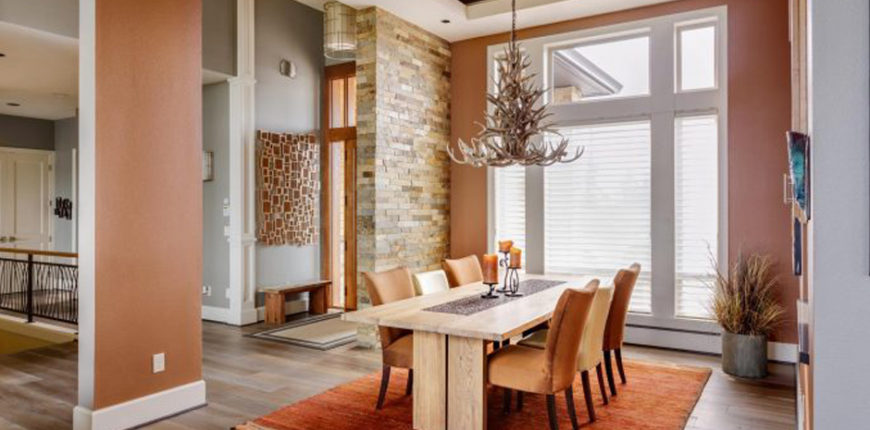PVC
towards a lead-free future
Today, PVC is healthy, stable, inert, and does not release any toxic substances. This has not always been the case, but for several years now PVC no longer contains cadmium. Moreover, ahead of the commitments made by manufacturers to completely eliminate lead from their manufacturing by 2010, most manufacturers already offer lead-free products, stabilized with a natural adjuvant, calcium-zinc. Such treatment makes superfluous any special preparation during recycling.
Underestimated for a long time, PVC has now the wind in its sails. With a large share of the market (more than half), the PVC window has achieved a well-deserved success. It represents an ideal solution with good value for money for a large number of Quebecers.
ALUMINUM
an immortal metal
Aluminum comes from bauxite, a material almost inexhaustible. Although primary production consumes a lot of electricity, recycling spends only 5% of the energy initially required. 100% recyclable without altering its original qualities, aluminum naturally resists the onslaught of time. Coatings used for powder coating do not emit any solvent, both for application and for the baking. Extruded polyamide strips used for thermal bridge breakage are chemically neutral and are also 100% recyclable. From an eco design approach, the deconstruction of manufactured parts is optimized. There are few parts that can not be recycled.
FIBERGLASS
the ultimate window frame material
Glass fiber has superior performance recognized in several ways.
Most experts and consumer advisory groups agree – the use of energy is the most important environmental factor to consider. That’s why consumers are encouraged to review ENERGY STAR, the National Fenestration Ratings Council and Energy Rating values as proven indicators of high-performance windows. These organizations have proven the energy efficiency of fiberglass compared to PVC, aluminum and wood-coated metal.
Fiberglass is made using natural raw materials. The fiberglass for window frames consists of 65% to 85% silica sand. The silica sand is melted and spun into glass fibers with minimal waste. The excess is recycled in other products.
The production of glass fibers is a closed process, which means that few emissions escape into the environment. The manufacture of the resin is also a closed process with very little emissions. The fiberglass pultrusion has the lowest energy consumption incorporated compared to other chassis materials, with very little energy used to manufacture the product.
No ozone depleting chemicals are used in the manufacture of fiberglass windows.
Discover all the advantages of Ecofibre PVC windows for your renovation or construction project, for a home or an apartment.

